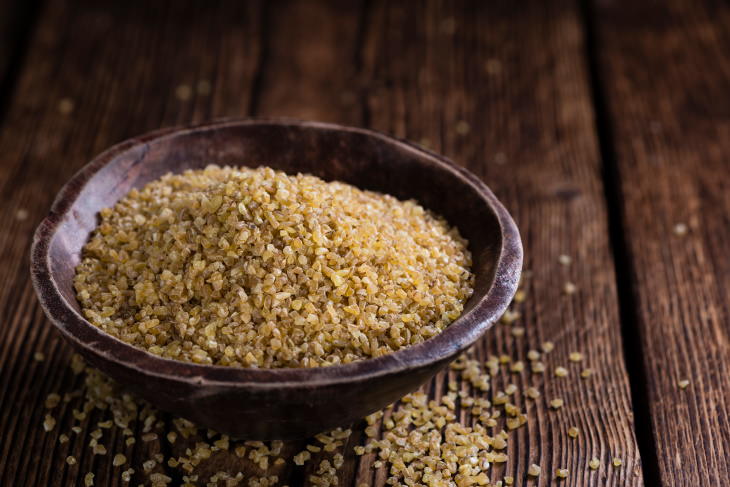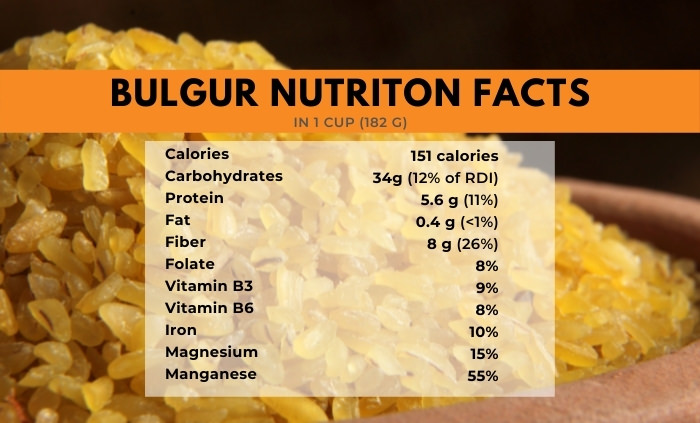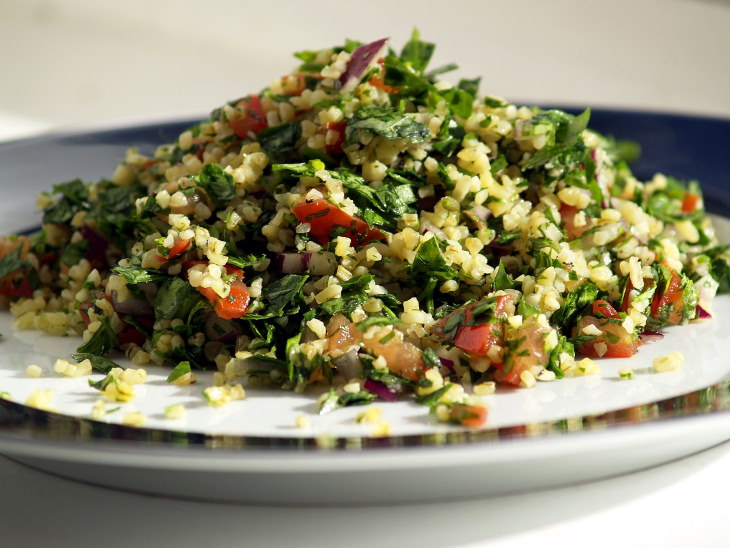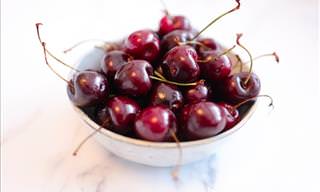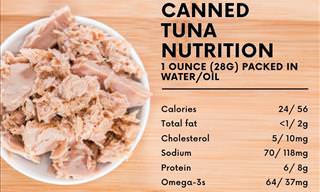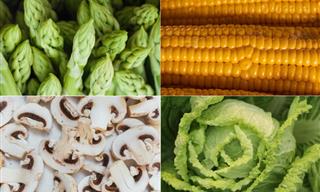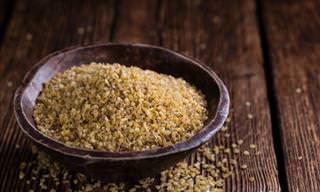What is bulgur?
Bulgur is similar to cracked wheat. The raw base for bulgur is either durum wheat or another wheat variety. The entire wheat kernel - the germ, the endosperm, and the bran - is used to prepare bulgur, which means that it’s a whole grain and is superior to refined grains like white rice, quick oats, and white flour in terms of nutrition.
Unlike cracked wheat, however, bulgur is partially steamed, or parboiled, and then cracked, so that it can be prepared quickly. Parboiling also enhances the flavor of this whole grain, giving it a pleasant nuttiness while also preserving a satisfying hearty texture. You can easily find bulgur in the grain aisle at any grocery store, and it’s relatively inexpensive.
The health benefits of bulgur
Since bulgur is a minimally processed grain, it’s significantly more nutrient-rich than refined products made of wheat, such as white flour, pasta, white bread, and the like. It’s also important to point out that bulgur is also lower in calories than other whole grains, namely brown rice or quinoa.
Bulgur is an excellent source of fiber, with 1 cup of cooked bulgur containing 8 grams of dietary fiber. It’s also particularly rich in vitamins B3, B6, and B9 (folate), as well as magnesium, iron, and manganese (for more information, see the table above). Eating bulgur regularly is rewarding for one’s health, too.
Nutrition experts outline the following health benefits associated with this whole grain:
- Weight loss and improved digestion.
The dietary fiber present in high quantities in bulgur, as well as its pleasant chewy texture, make it a very satisfying and filling food to eat. This means fewer food cravings. In addition, eating whole grains is known to promote the growth of healthy gut bacteria, which will improve your digestion and promote regular bowel movements.
Eating primarily whole grains promotes long-term heart health and keeps that bad LDL (low-density lipoprotein) cholesterol level low. “Whole grains and dietary fiber can help lower total and LDL cholesterol, which reduces the risk of heart disease,” according to Danielle Gaffen, a registered nutritionist and dietitian. Studies point out that a diet rich in whole grains can reduce one’s risk of lifelong heart disease by as much as 20%. In these studies, the participants consumed between 3 and 7.5 servings of whole grains a day, which is about 90-225 g (3-8 oz).
- Natural blood sugar control.
Unlike refined grains, whole grains are what doctors call low-glycemic foods, which are foods that don’t raise blood sugar very quickly and reduce the blood sugar spike after a meal. In fact, research suggests that whole grains improve insulin sensitivity, which means that they’re good for reducing your risk of diabetes. Bulgur has plenty of fiber and phytonutrients, which are good for blood sugar control.
How to use bulgur in cuisine
Bulgur originated in the Mediterranean thousands of years ago, and it remains a staple food in this region, as well as the Middle East. Bulgur is an extremely versatile ingredient that can be easily combined with other Mediterranean staple ingredients, such as seafood, beans, nuts, fresh herbs, olive oil, and tomatoes, to name just a few. The result is an array of delicious, filling, and healthy dishes.
Tabbouleh Salad Image Source:
Flickr
Preparation. All you have to do to prepare bulgur is to add two parts of boiling water and let it steep under a lid for 15-20 minutes. Due to its versatility and easy preparation, you can prepare batches of bulgur and add them to salads or wraps to make them heartier, more filling, and richer in fiber.
Likewise, you can use bulgur as a side dish alternative to rice or pasta. One of the easiest and most well-known recipes with bulgur is the Tabbouleh salad. The salad is full of fresh herbs, tomatoes, and a refreshing lemon and olive oil dressing. Let’s learn to make it.
Ingredients
½ cup cooked bulgur
1 cup finely chopped tomatoes
3 cups fresh parsley (about 3 bunches)
1 cup scallions (about 1 bunch)
½ cup fresh mint
¼ cup olive oil
Juice of 2 lemons
1 minced garlic clove
Salt and pepper to taste
¼ cup sliced almonds
Method
1. Finely chop all the fresh herbs and tomatoes.
2. Combine the herbs, tomatoes, and bulgur in a large bowl.
3. In a small bowl, mix together the olive oil, lemon juice, salt, and garlic - this is your dressing.
4. Pour the dressing over the salad ingredients, mix together.
5. Garnish with almonds and enjoy.
Please share this information with family and friends!
 Go to BabaMail
Go to BabaMail


